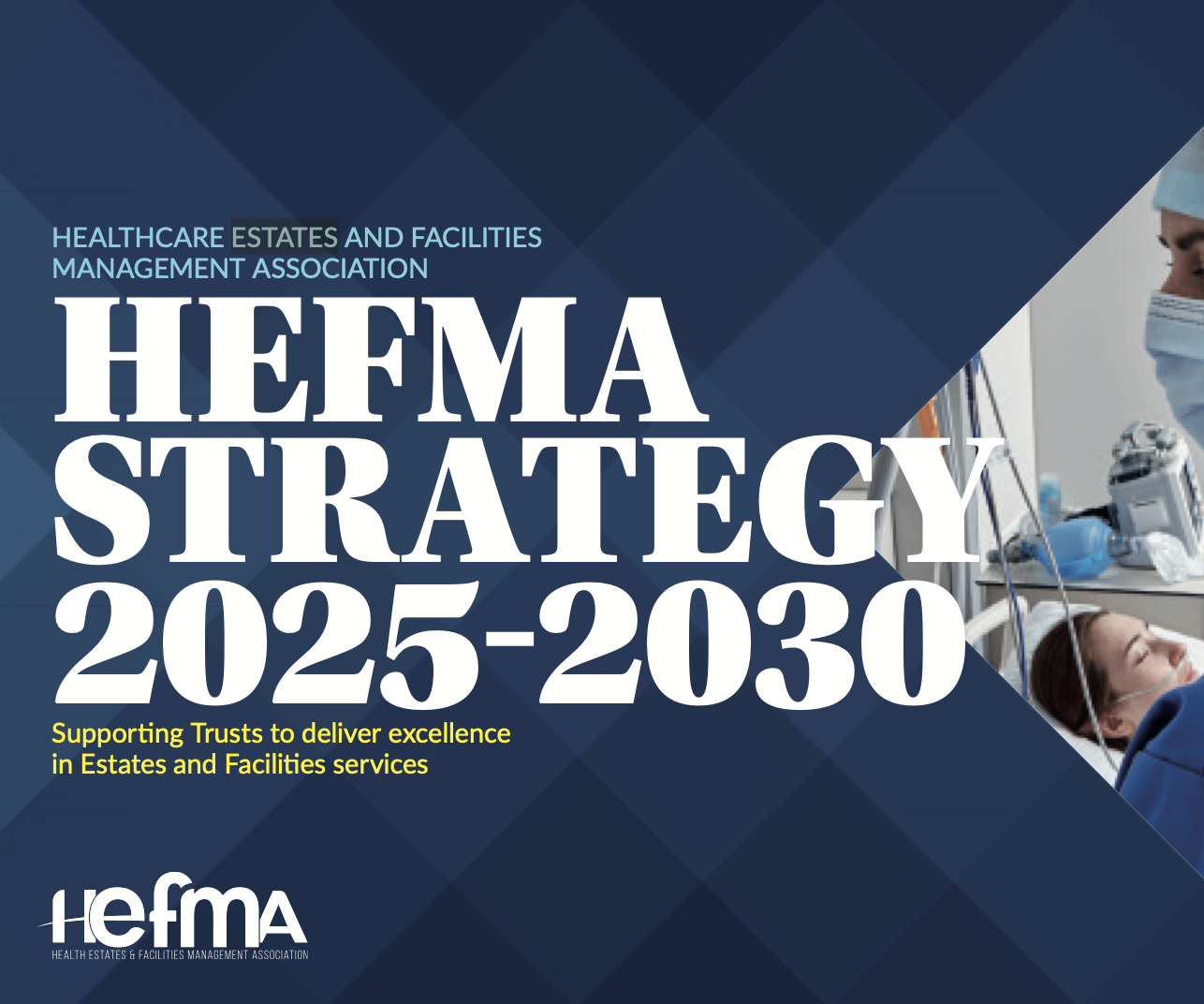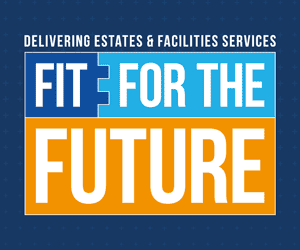Significant changes are coming to the funding model for level 7 degree apprenticeships. From January 2026, public funding, via the Apprenticeship Levy, will no longer be available for new starters aged 22 and older. Young people with additional support needs, such as care leavers or those who hold an education, health and care plan (EHCP), will continue to be eligible until the age of 25. Level 6 apprenticeship funding will remain available under the current system.
Steven Hurst, Director of Corporate Learning at Arden University, advises that NHS Trusts need to adapt quickly to maximise their ability to upskill employees.
The numbers at a glance
According to the most recent academic year figures, only 2% of level 7 apprenticeship starts were for individuals under 19 years old. Meanwhile, 34% fell within the 19 to 24-year-old age group, leaving more than 60% of apprenticeship candidates outside the scope of funding eligibility from 2026.
Popular level 7 apprenticeships set to be affected include the senior leader apprenticeship, which may impact the healthcare sector due the unique senior leadership challenges it faces.
Healthcare leadership remains disproportionately white and male, particularly at board level, undermining efforts for a truly representative healthcare system. Existing leadership teams have also struggled to implement scalable digital transformation, due to legacy systems and a lack of investment, and the sector itself is often prone to ‘accidental managers’.
“Level 7 senior leadership programmes have been helping many Trusts to tackle these pain points and adapt to ongoing changes and challenges,” explains Steven. “So, it’s understandable that the industry may be concerned about the upcoming changes to apprenticeship funding – especially if it will impact learning and development plans. But there are options available.”
Maximise funding while it’s still available
Businesses can still use available Levy funding for level 7 apprenticeship learners, providing they’re on programme before the end of December. However, this presents a narrow window of opportunity for the healthcare sector to optimise immediate training plans. Here are some key actions to consider before the changes come into effect:
1. Audit skills needs and future workforce requirements
Take stock of current skills gaps and forecast areas where advanced training will be critical in the next three to five years. Employers can better identify which team members or new hires should be enrolled in level 7 apprenticeships this year, before funding lapses.
2. Plan ahead for cohort recruitment
With the cut-off looming, Trusts may want to accelerate efforts to recruit eligible apprentices in the final months of funding. Partnering with education providers early can ensure smoother enrolment and allocation processes.
3. Prioritise age-eligible candidates
While it’s essential to think inclusively, targeting talent that will no longer be able to apply after the changes to the funding criteria are implemented, should be a key short-term focus.
4. Begin to explore level 6 alternatives
If funding constraints make level 7 programmes unviable for your business from January 2026, the next step is to consider whether level 6 apprenticeships could meet a similar training need.
These programmes still fall under Levy funding in 2026, and they deliver degree-equivalent education. Level 6 courses help those who may not have had the opportunity to go university to gain a degree qualification – increasing diversity efforts and helping with talent retention and attraction.
Preparing for Levy changes
While January 2026 marks a shift in how businesses can support level 7 apprenticeships, a proactive mindset and flexible strategies will help to maintain workforce development efforts long into the future.
“For employers committed to advanced apprenticeships, adjusting training budgets to accommodate the full cost of level 7 programmes may be necessary,” explains Steven. “Viewing this as a long-term investment in talent retention and capability building can help to frame the conversation with key stakeholders.”
Steven also explains how universities and training providers can offer tailored solutions or point businesses towards other courses that may fit their learning needs, such as lower-level apprenticeships. “Engaging in dialogue with universities may unlock innovative solutions to funding and skills gap challenges,” he adds.
“Although changes are targeting level 7 programmes, other government-backed initiatives may help to mitigate the cost of workforce development, so it’s always best to stay informed about evolving funding streams, tax incentives, or co-sponsorship opportunities in your sector.”
While the government’s decision to restrict funding for level 7 apprenticeships undoubtedly presents new challenges, employers who act now can still maximise the available opportunities.
“By planning strategically and exploring alternative initiatives, the healthcare sector can continue to thrive through a skilled, motivated and capable workforce,” concludes Steven.
Wider changes to apprenticeships
The change to level 7 funding is one of a number of changes announced by the government, including the availability of new foundation apprenticeships from August 2025. These are focused on priority areas, of which health and social care is one.










